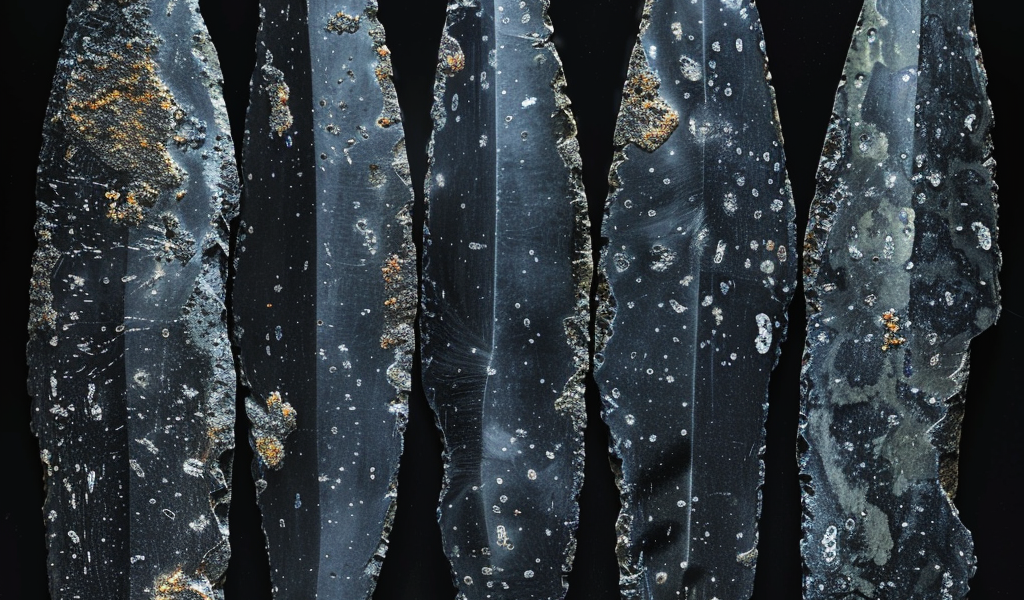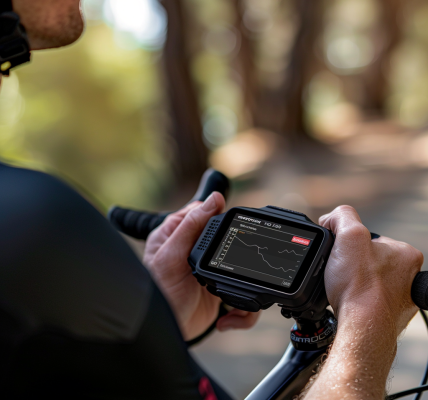The earliest settlers of Rapa Nui, also known as Easter Island, appear to have had some sort of contact with people from South America as early as 1,000 years ago, a new plant study finds.
One thousand years ago, the first settlers of Rapa Nui — also known as Easter Island — feasted on a fusion cuisine of plants native to Polynesia but also ones indigenous to South America, around 2,300 miles (3,700 kilometers) away, a new study finds.
Researchers discovered the food remnants by identifying starch grains clinging to obsidian blades at the archaeological site of Anakena, the earliest known settlement on Rapa Nui, which was occupied from about A.D. 1000 to 1300, according to the study, published Wednesday (March 20) in the journal PLOS One. The finding suggests that the early Polynesians had regular contact with the people of South America as far back as a millennium ago.
The southeastern Pacific island Rapa Nui is known primarily for the hundreds of monolithic human statues called moai that were erected on stone ceremonial platforms called ahus. The island was formed from three volcanoes, two of which are now extinct, and early settlers carved the moai from the consolidated volcanic ash.
Although Rapa Nui was not known to the wider world until Dutch explorers landed there on Easter Sunday in 1722, the native people had already lived on the island for hundreds of years. But the specific timing of their settlement and their geographic origins remain somewhat mysterious, and experts disagree about whether the earliest settlers came from Polynesia, South America or both. The oral history of the Rapa Nui people suggests that at least one round-trip voyage to South America was made from the island during the early years of its settlement.
To investigate the early years of the Rapa Nui settlement, researchers took a deep dive into ancient food resources. Scientists already knew from animal bones that early settlers consumed fish, dolphins, seals, chickens and rats, but plant remains have not been as thoroughly investigated.
The 20 obsidian blades found at the archaeological site of Anakena on Rapa Nui. Researchers analyzed starch grains left on the blades and found evidence of a fusion cuisine between Polynesian and South American plants. This discovery sheds new light on the early interactions and connections between the indigenous people of Rapa Nui and South Americans.





